You can easily spend a day or two in Zagreb exploring the history, culture, and nightlife of the city. But once you have seen all there is to see in the city, head out to discover what other attractions this pocket of Europe has to offer. What’s nice about the best day trips from Zagreb is that they are not all in Croatia, which means you can explore some of the neighboring countries as well. So without further ado, here are the best places to visit from Zagreb in a day.
How to Get Around
Although you can make many of these day trips with public transport, consider renting a car for the day to give yourself more flexibility and independence. With your own four wheels, you control your time and schedule. Depending on how many people are in your group, renting a car might even work out to be cheaper than other forms of transportation. You can compare car rental deals and find the lowest prices at Rentalcars.com, an aggregation site that searches and displays prices and availability from hundreds of car rental companies, helping you find the best possible car for your budget.
Don’t want to drive or deal with the hassle of public transport? No worries! We’ve listed the best tour for each day trip (where available).
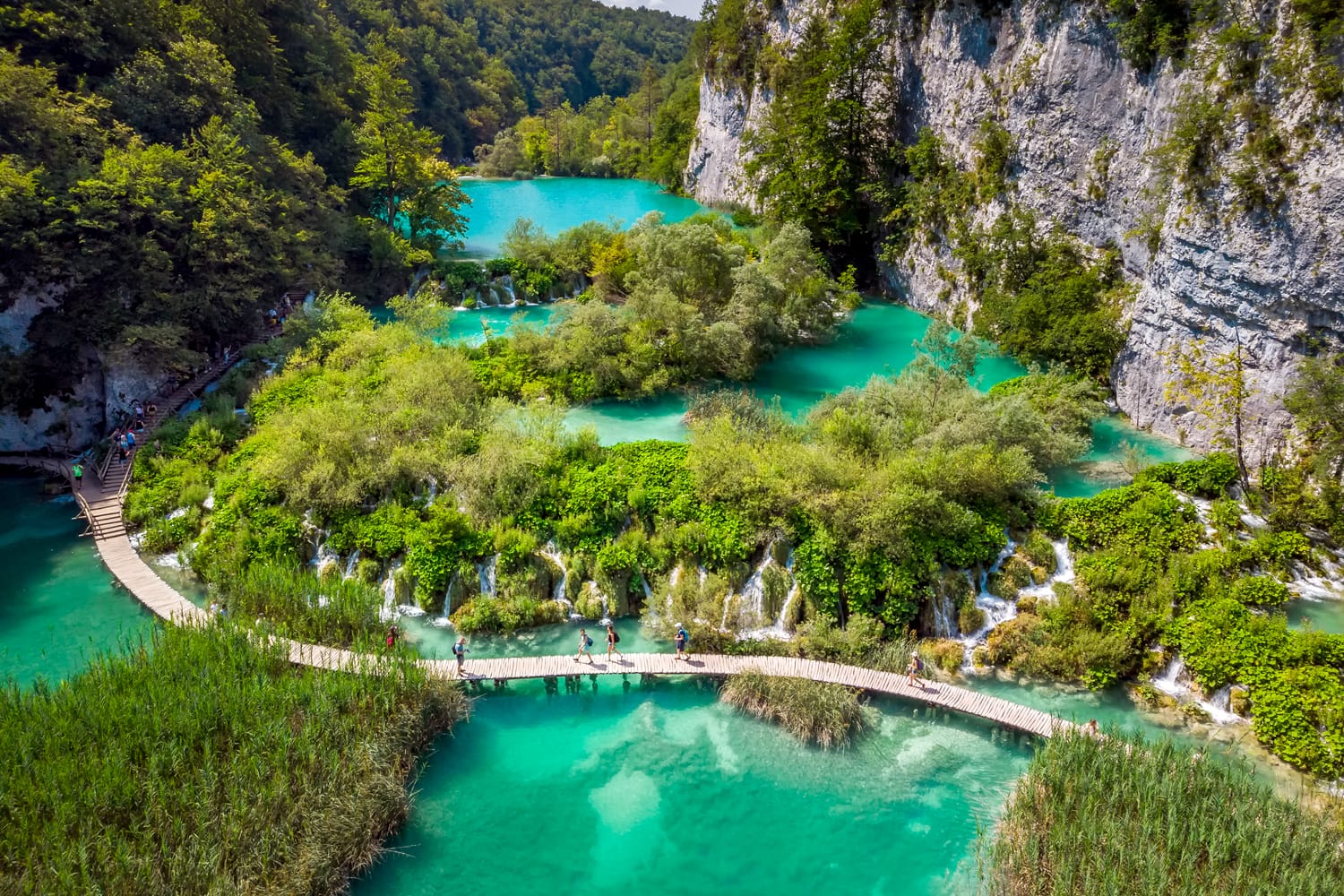
1. Plitvice Lakes
Easily one of the best places to visit in Croatia, the Plitvice Lakes are a favorite with travelers to Croatia. Upon arriving at the national park, walk down to the raging torrent of Veliki Slap waterfall. This is the largest waterfall at the Plitvice Lakes and places you at the bottom of the park’s 16 cascading lakes. You can then start to follow the boardwalks or forest trails that link up the Lower Lakes before reaching Lake Kozjak. Taking a boat ride across Kozjak, the largest of the Plitvice Lakes, gives you the opportunity to see the scenery from a different perspective. From there, you can explore the nature surrounding the remaining lakes of the Upper Lakes. For more information on visiting Plitvice Lakes from Zagreb click here.
Getting there: To reach the Plitvice Lakes from Zagreb you can take one of the few 2 ½ hour bus rides that make the trip. To have someone handle the transport for you and show you around this expansive national park, it’s best to visit with a guided tour.
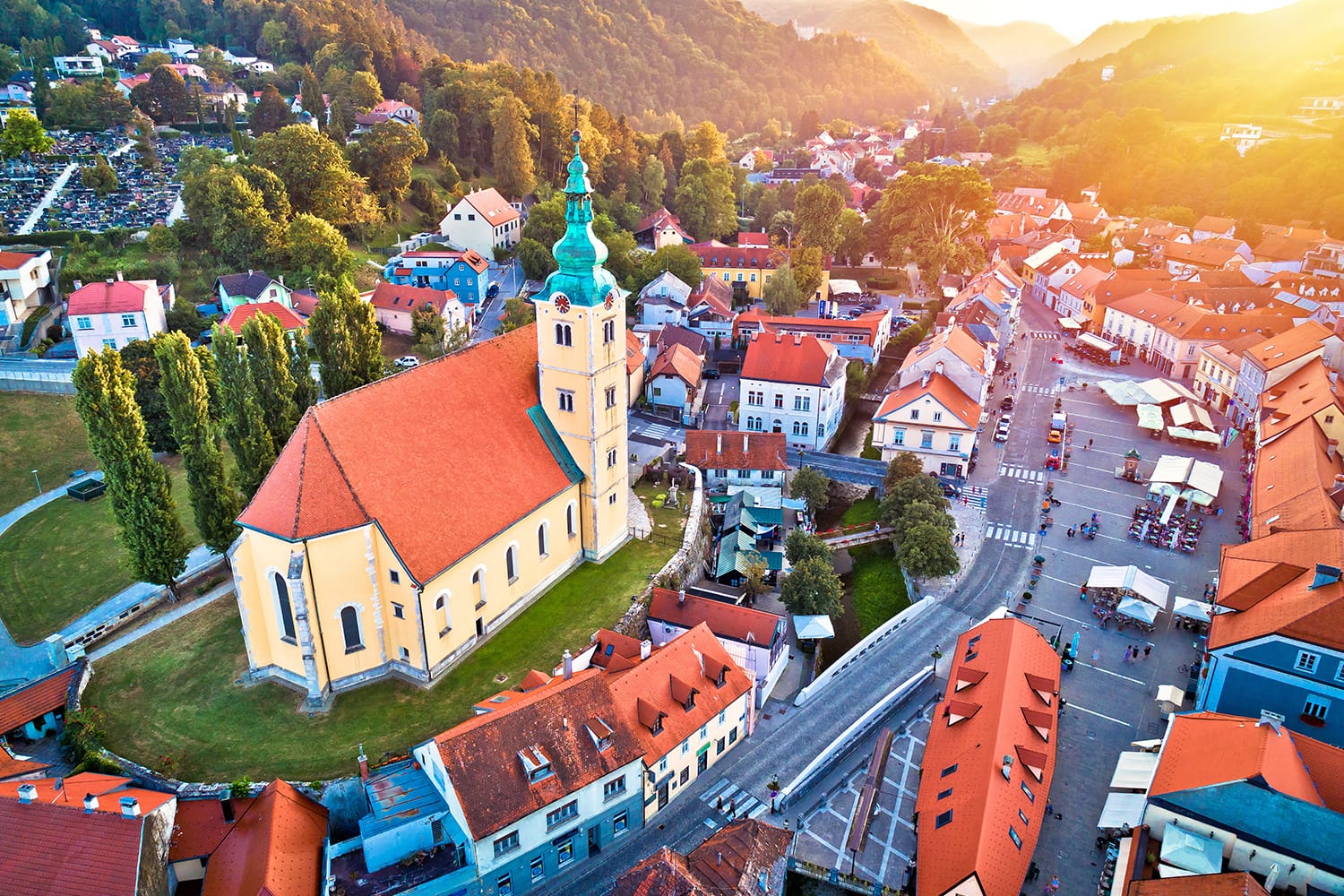
2. Samobor
Just a short trip from Zagreb is the small city of Samobor in the foothills of the Žumberak Mountains. Regarded as a bit of a refuge from Zagreb’s city life, Samobor is laidback and easy to explore. Start with a stroll along the Gradna River that flows through the heart of the city until you reach the central King Tomislav Square. Stop for a coffee and kremšnite cake and admire the old-fashioned charm of the city. Next, take a walk up to St. Anastasia Parish Church, whose yellow tower sticks out above the city’s rooftops. There’s a nice viewpoint of the city center as well. Heading back down, follow the river again through the Wiesner Livadic Castle Park until you reach the ruins of Samobor Castle on Tepec Hill.
Getting there: Getting from Zagreb to Samobor takes only 30 minutes by local bus which run extremely frequently. This makes it a truly easy bus trip from Zagreb.
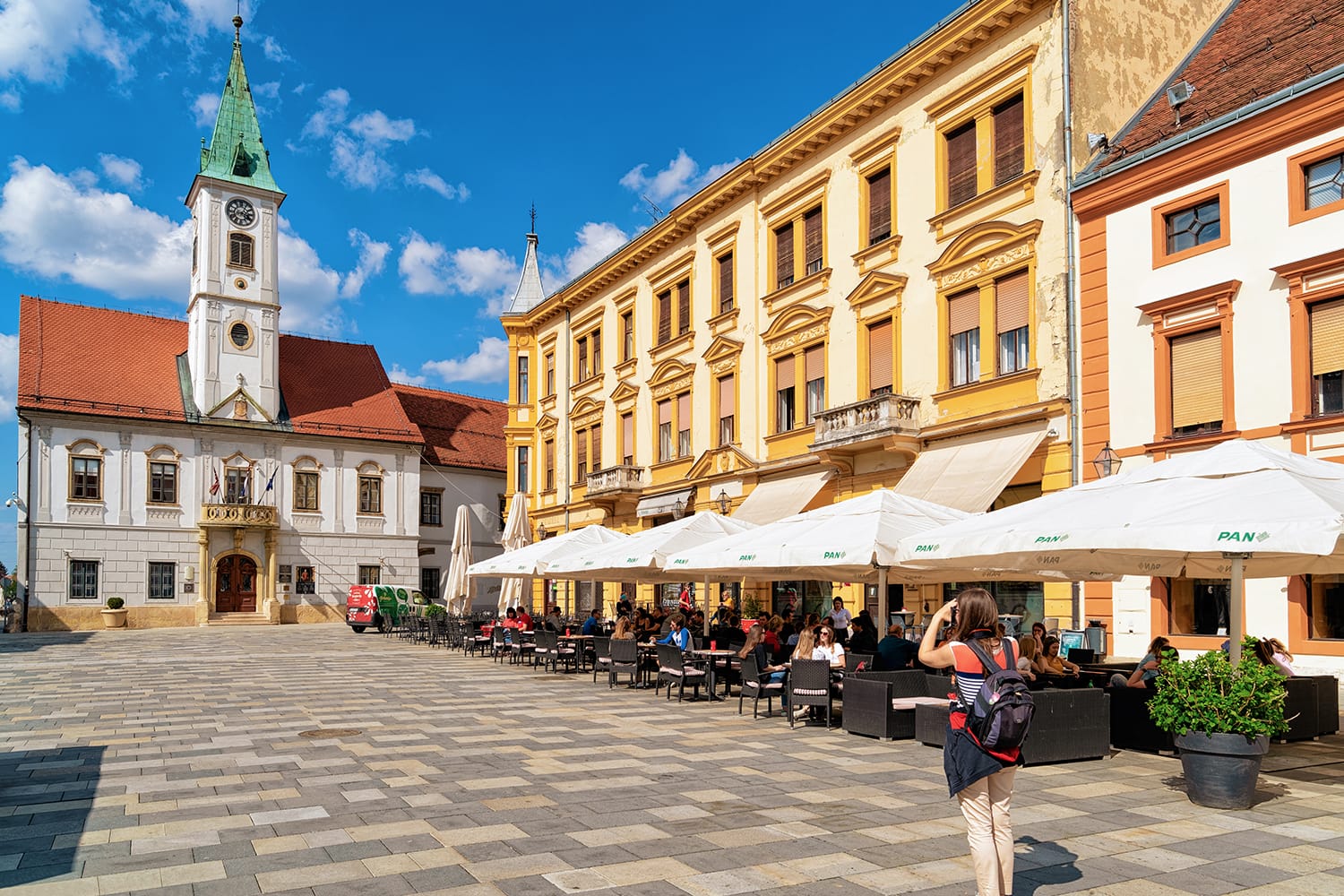
3. Varazdin
Tucked away in the northernmost parts of Croatia you’ll find the city of Varazdin, another of the best Zagreb day trips. Sometimes nicknamed the “Little Vienna of Croatia”, Varazdin is a small city known for its traditional character. To see some of its finest Baroque architecture, head first to Franjevački Square and follow the pedestrian street along until you reach the Varazdin Town Hall. Perhaps the most unusual and eye-catching building in the city is the Sermage Palace with its orange, white, and black facade. The palace sits on Miljenka Stančića square which is full of outdoor cafe seating and views towards Stari Grad Castle. Through the castle’s Watchtower you’ll find the white walls of the city’s castle, home to the Varazdin City Museum.
Getting there: Buses run every few hours from Zagreb to Varazdin, and the journey takes 1 ½ hours. To combine Varazdin with other sights in the region, you’ll want to go with an organized tour.
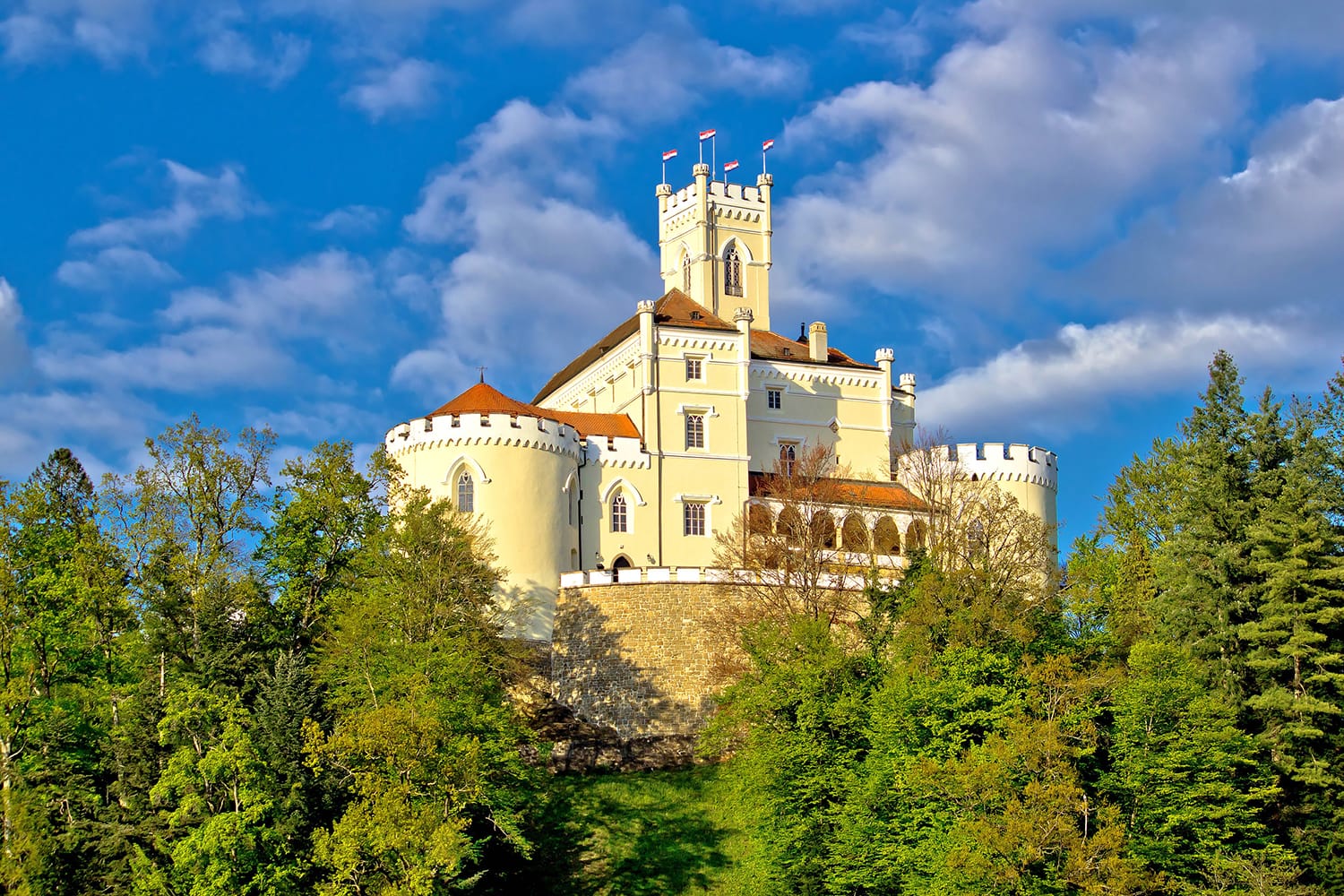
4. Trakoscan Castle
Croatia is home to quite a few castles and Trakoscan Castle may be one of the country’s best. On a day trip to Trakoscan you have the opportunity to visit this gorgeous castle and the park that surrounds it. The castle originally dates back to the 13th century but the way it looks today is due to its restoration in the 19th century. The castle now houses a museum where you can see displays about the history of the castle and the region. You’re also treated to some nice views of the grounds and the lake from the castle, but that view pales in comparison to the view you get back to the castle.
Getting there: Since there isn’t any public transport that can take you all the way to Trakoscan from Zagreb, your only transport option is to visit with an organized tour.
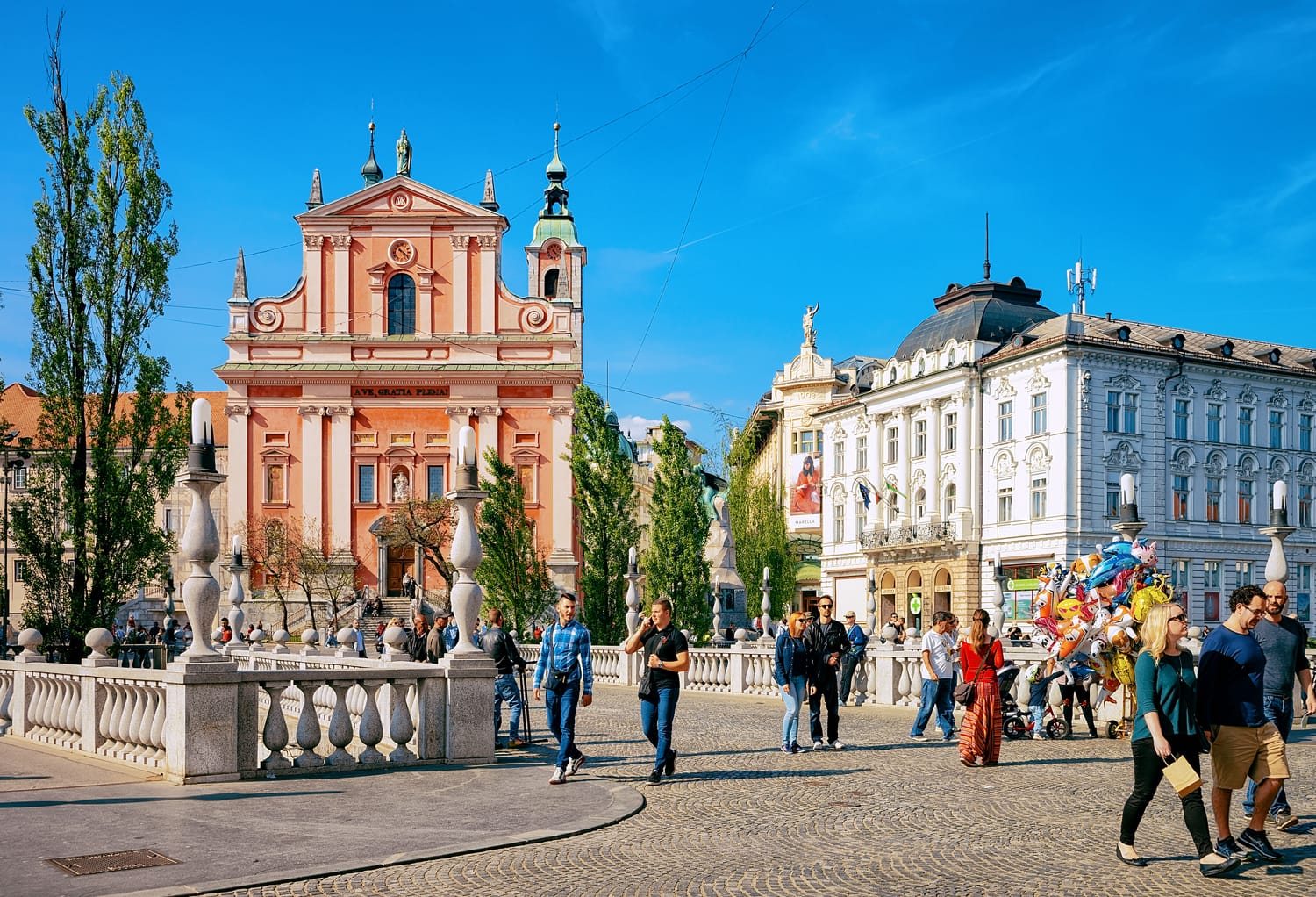
5. Ljubljana
The city of Ljubljana in Slovenia is one of the best side trips from Zagreb. It’s best to begin at the center of the city in Prešeren Square, on the edge of the Old Town and surrounded by several noteworthy landmarks. The Franciscan Church watches over the square, and nearby is the intriguing architecture of the Hauptmann House. Steps away is Ljubljana’s scenic riverfront, lined with several picturesque bridges including the Triple Bridge and Dragon Bridge. Crossing the river will bring you into the Old Town of Ljubljana, which is quite full of character despite its size. Top it all off with a trip up to Ljubljana Castle, the city’s iconic landmark that sits on top of a hilltop covered in forest. For more information on what do to take a look at our Ljubljana itinerary.
Getting there: While buses and trains from Zagreb to Ljubljana take around 2 hours 15 minutes, buses leave far more frequently. If you don’t want to worry about schedules and finding your way around, visit with a guided tour instead.
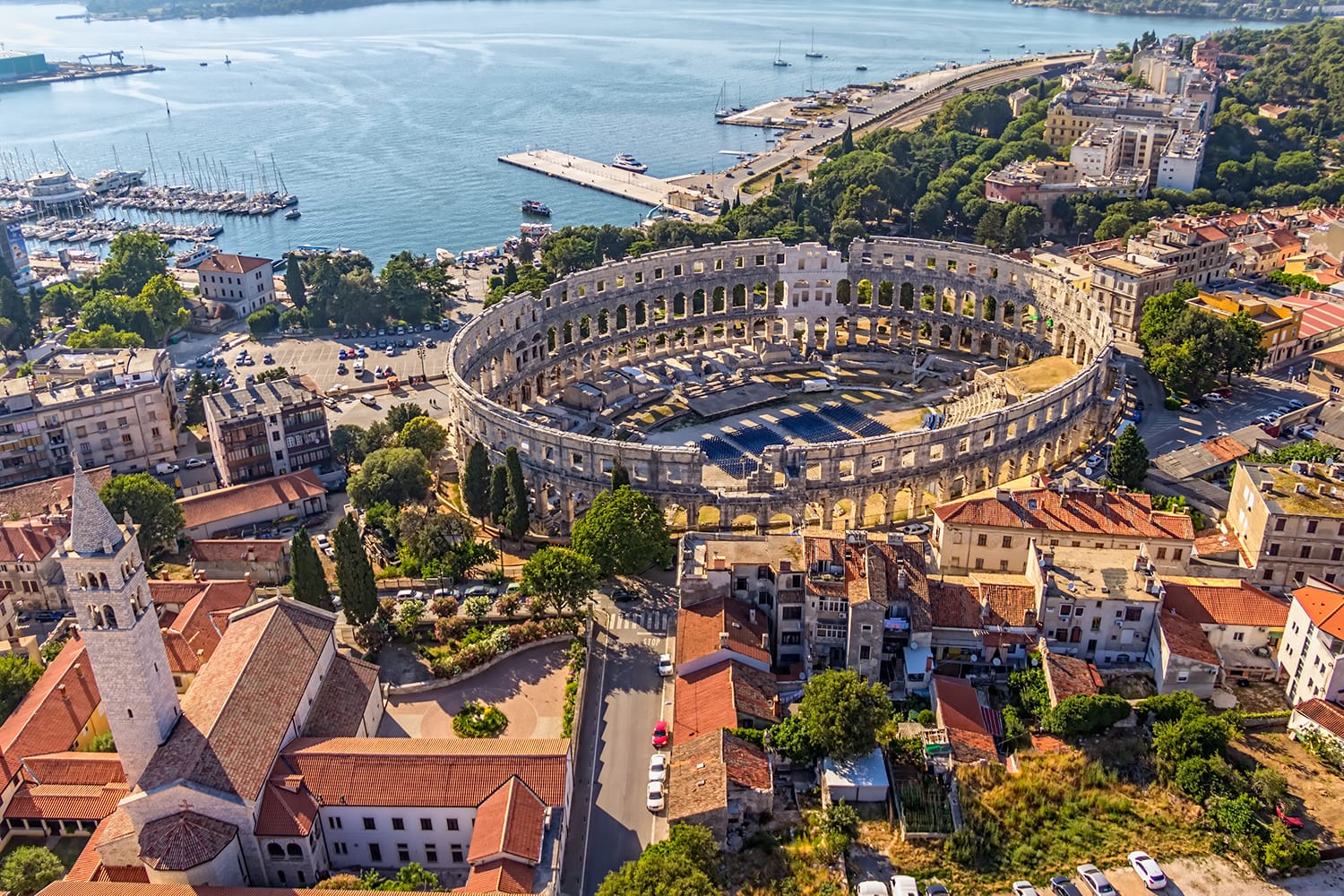
6. Istria
When it comes to things to see in Croatia outside of Zagreb, the peninsula of Istria on the coast has plenty for you to choose from. Croatia has loads of places to visit along its coastline, but Istria is actually within reach from the capital, so that’s where you should focus your attention. Begin with the city of Pula, because it’s home to the huge Pula Arena amphitheater, one of several ancient Roman ruins within the city. Next, move up the coast to the town of Rovinj, whose old town sits on a small hilly peninsula. You’ll not only enjoy the view of the Old Town from its nearby harbors, but also the traditional atmosphere as you walk its narrow, winding streets. If you have enough time, consider adding in the ancient town of Porec, whose highlight is the UNESCO heritage-listed Euphrasian Basilica complex.
Getting there: Your only real option for a day trip to Istria is to go with a guided tour, because public transport takes too long, especially once you factor in getting between each of the destinations.
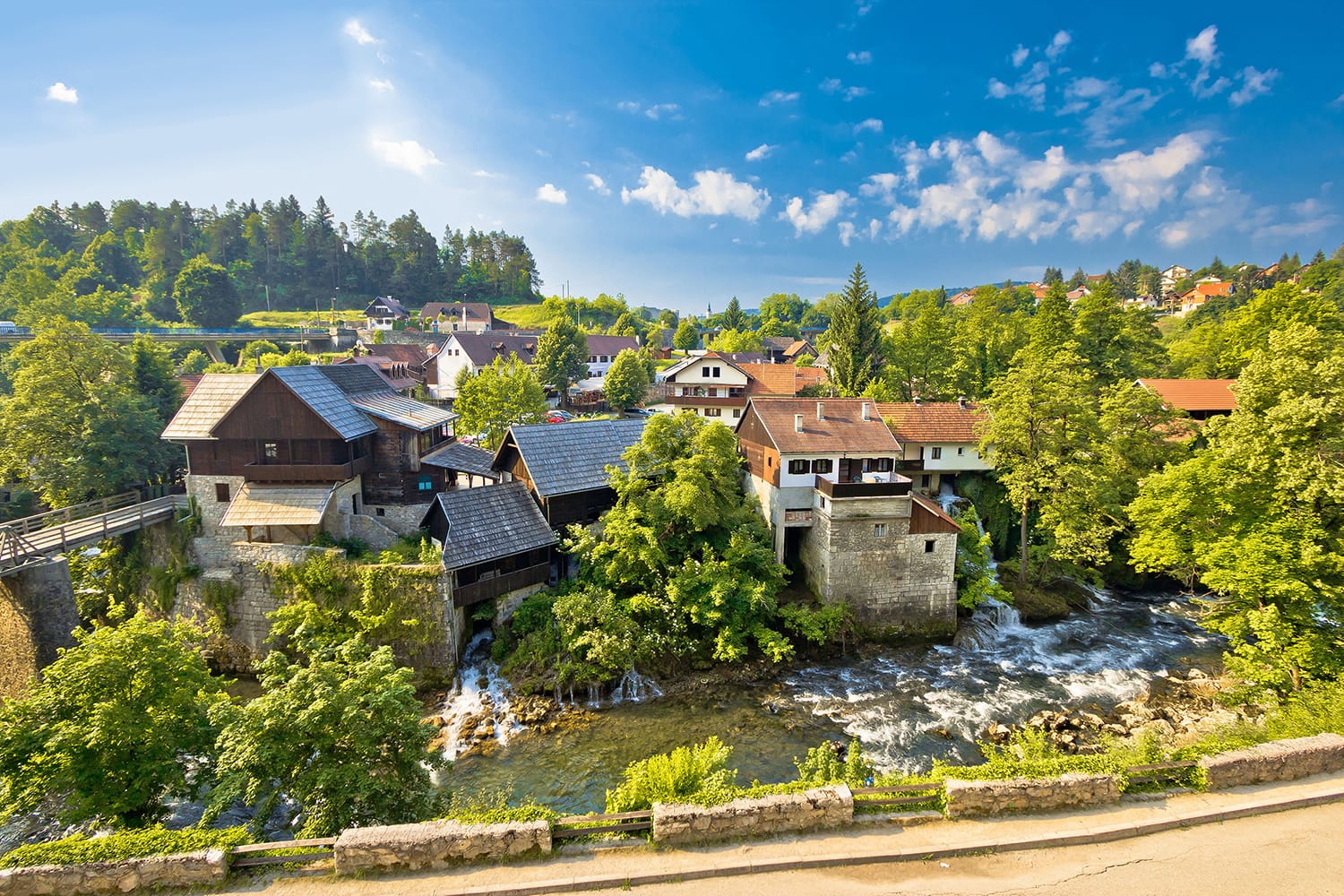
7. Rastoke
Often overshadowed by the Plitvice Lakes nearby, the village of Rastoke is an interesting place to visit for the day. Located on the edge of the town of Slunj, Rastoke is made up of old-fashioned wooden houses by the confluence of the Korana and the Slunjčica rivers. What makes this former milling village special is the many streams of the Slunjčica river that flow right through Rastoke creating more than 20 waterfalls. With waterfalls and streams all over, houses and mills sit on small islands of land connected by footbridges. The waterfalls range in size from small cascades to serious torrents like the Vilina kosa and Hrvoje waterfalls.
Getting there: There are a handful of buses each day which make the 2 hour journey from Zagreb to Rastoke. However, many day tours from Zagreb to the Plitvice Lakes include time at Rastoke, making a guided tour the perfect way to see both places in one day.
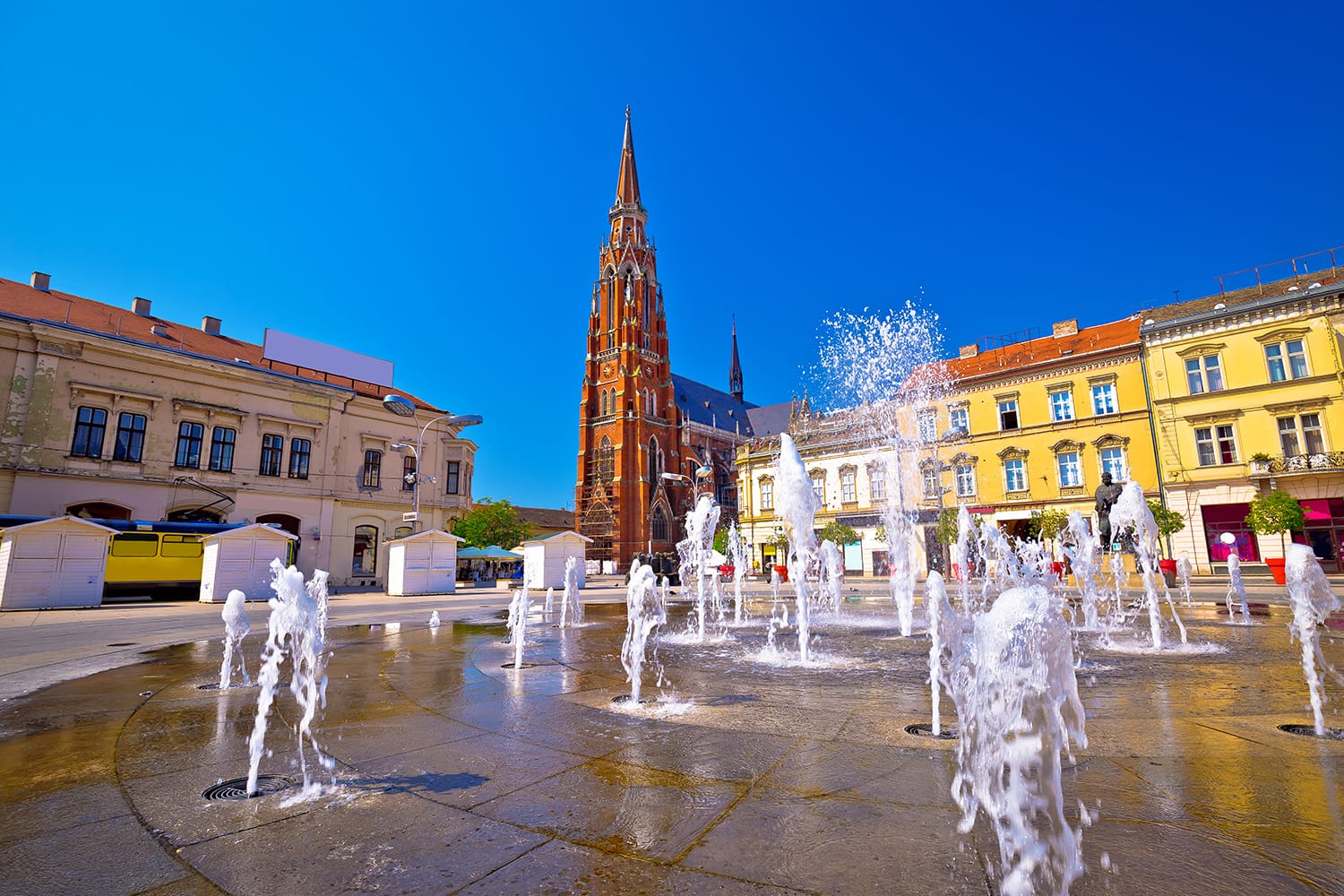
8. Osijek
If you’re looking for lively city life and beautiful architecture somewhere other than Zagreb, the city of Osijek is worth a look. This city in Eastern Croatia lies right near the Serbian border, and as such sustained much damage during the conflicts of the 1990s. The buildings bear scars from the troubles but most of Osijek’s more elegant buildings have since been restored. Osijek boasts many grand baroque and art nouveau buildings. Beyond exploring the Old Town, and the city’s pretty waterfront along the Drava River, there’s also the Tvrđa fortress, built by the Habsburg’s in the 18th century. Osijek also has a large student population and like many university towns is full of cafes and bars.
Getting there: To reach Osijek from Zagreb by bus takes just over 4 hours which is pushing the limits on what is doable in a day. So if you really want to make the most of a day trip there, it’s best if you have your own car as it will save you at least an hour each way.
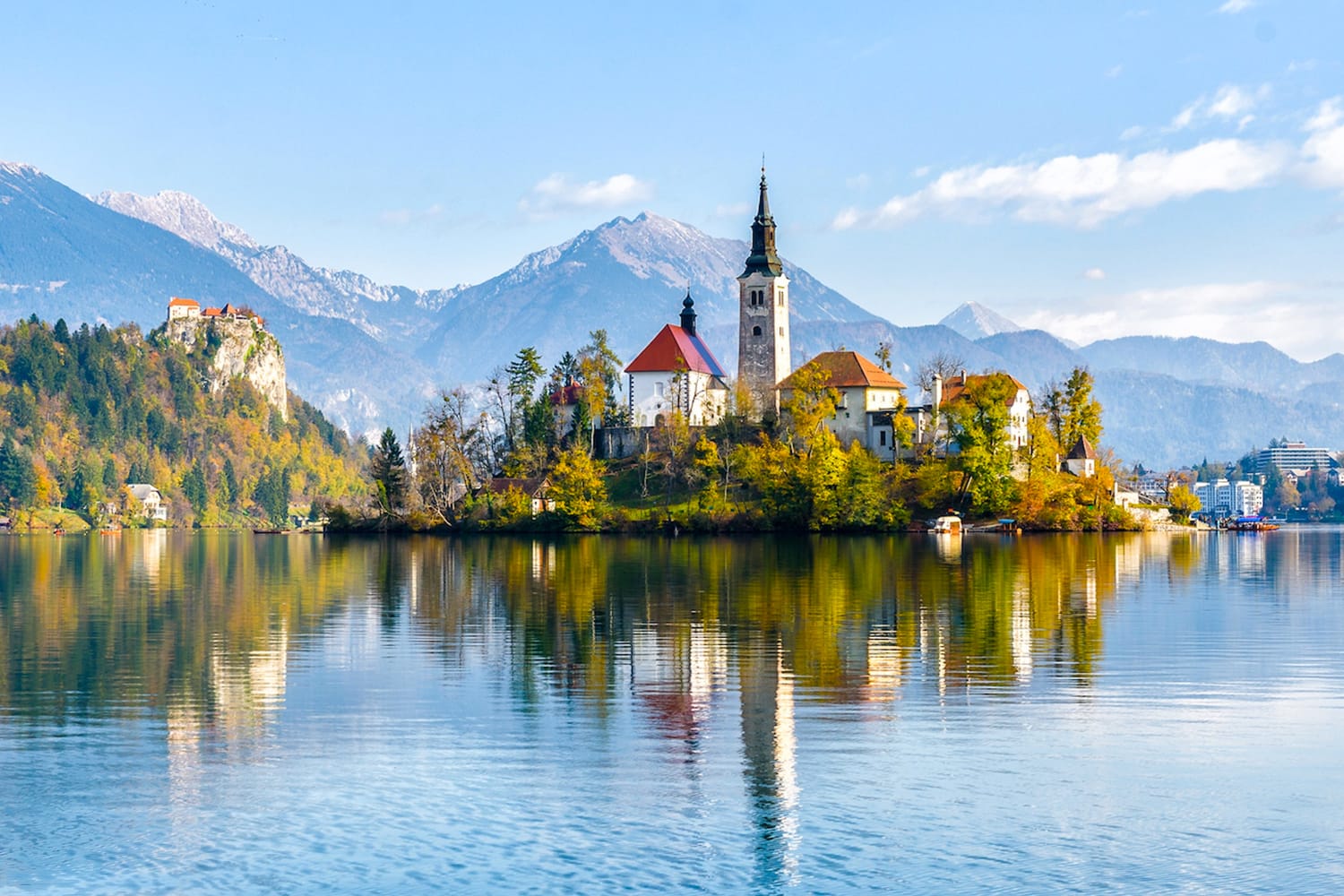
9. Lake Bled
Given the chance, you can’t pass up the opportunity to visit the unbelievably scenic Lake Bled in Slovenia. There’s no real mystery why Lake Bled is so popular, especially once you see a photo or two from there. Begin with a walk along the path that hugs the lake’s shore and peer down into the lake’s crystal clear water. From there you should be able to see your next stop, the Church of Mary the Queen, sitting out on a small island in the middle of the lake. Paddling over to the island in a traditional boat called a pletna is quite a peaceful experience. Return to shore and climb up to Bled Castle on its cliffs that overlook the lake. There you can learn a little history about the castle and region, as well as enjoy some superb views. Afterwards, head into town for the classic Bled Cream Cake or continue sightseeing over at Vintgar Gorge. For more advice on visiting Lake Bled click here.
Getting there: Despite the distance, it’s possible to take the train from Zagreb to Lake Bled, with the trip taking a little over 3 hours. However, with few departures you’ll be restricted by the train schedule, which is one of many reasons why taking a guided tour is a good idea.
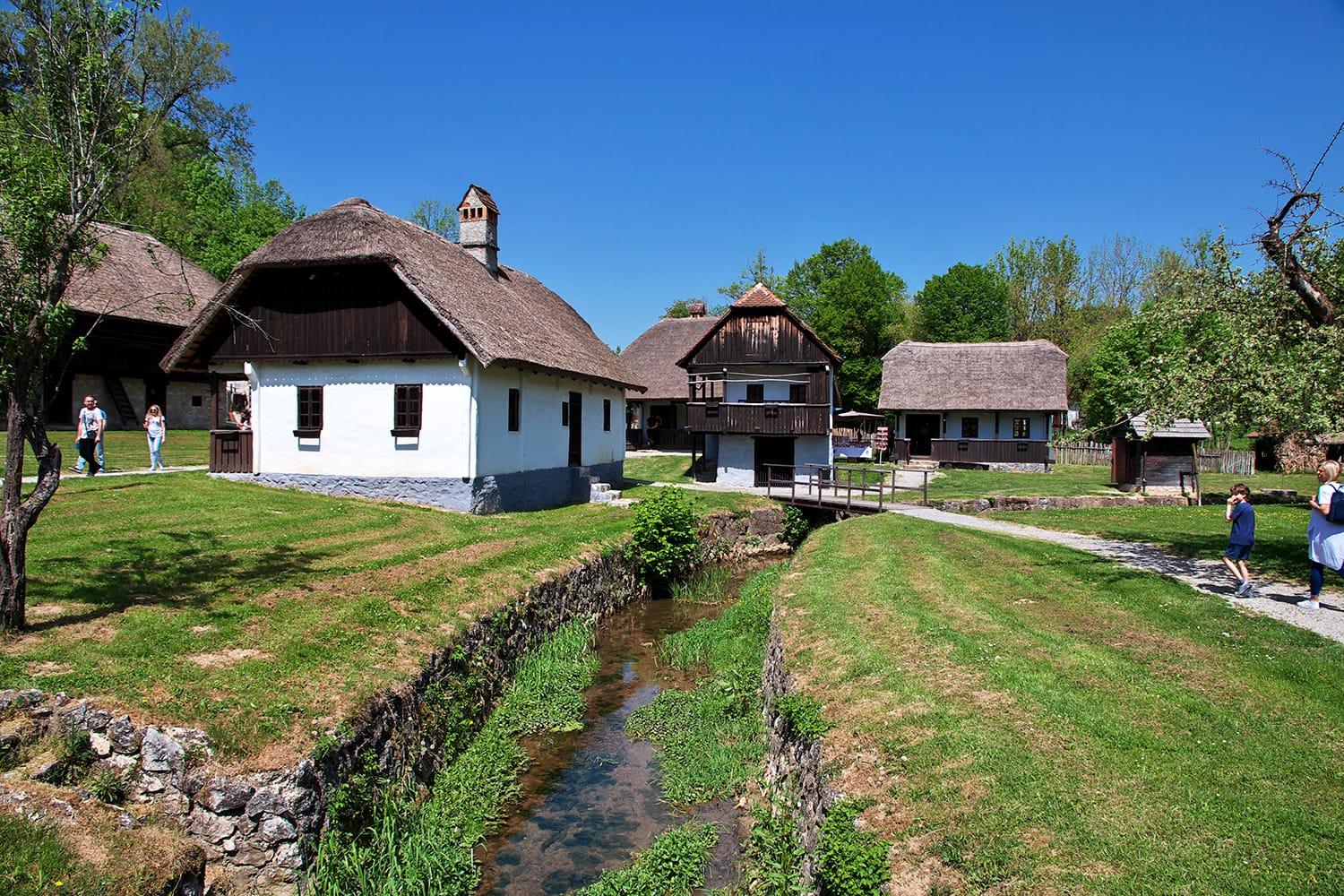
10. Kumrovec
Wedged up against the border with Slovenia, to the north of Zagreb, lies the Folk Village of Kumrovec. As if trapped in time, Kumrovec looks as it did at the start of the 20th century and is seen as a fantastic example of village life from this region of Croatia. Throughout the village there are about 40 historic buildings that have been preserved, as well as a museum with various ethnographic displays. The other notable thing about Kumrovec is that it’s the birthplace of statesman Josip Broz Tito, once the President of Yugoslavia. Both his birth house and the family’s household estate can be found in the village, as well as a museum dedicated to the former statesman.
Getting there: Taking public transport to Kumrovec from Zagreb can’t really be relied on as there are few buses running the route. This means booking a private tour or driving yourself are your safest bet.
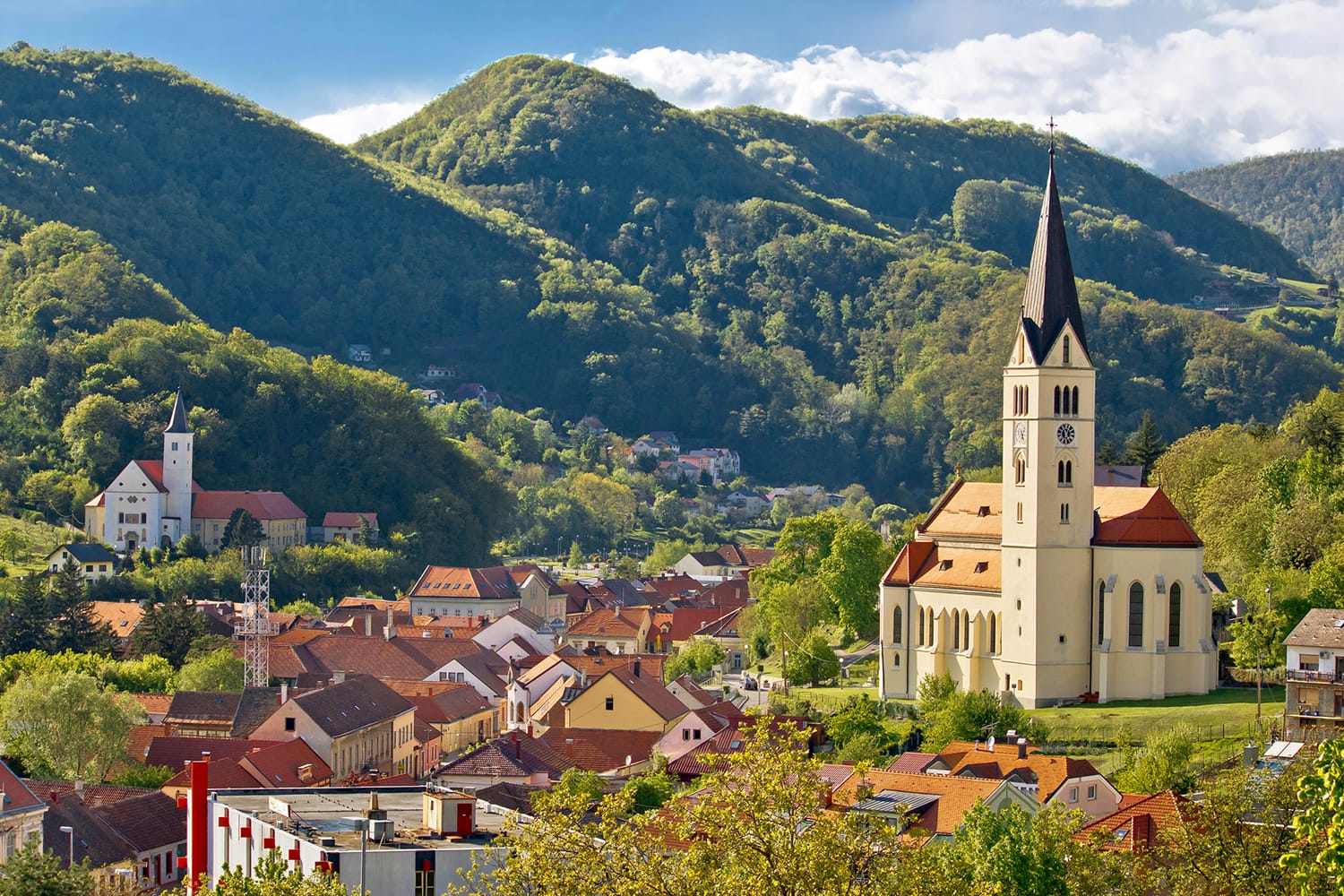
11. Krapina
The town of Krapina is home to the Krapina Neanderthal Museum which explores what these early humans were like and how they were discovered. Remains of neanderthals were found in Krapina by Dr. Kramberger during excavations that took place from 1899 – 1905. This work would forever tie Krapina with the study of these ancient humans. Multimedia displays in this modern museum explore the anatomy and culture of the Neanderthal, as well as the palaeontological work performed by Kramberger.
Getting there: There are local trains that get to Krapina in about 2 ½ hours however it’s best to just rent a car and do the 45-minute drive yourself.
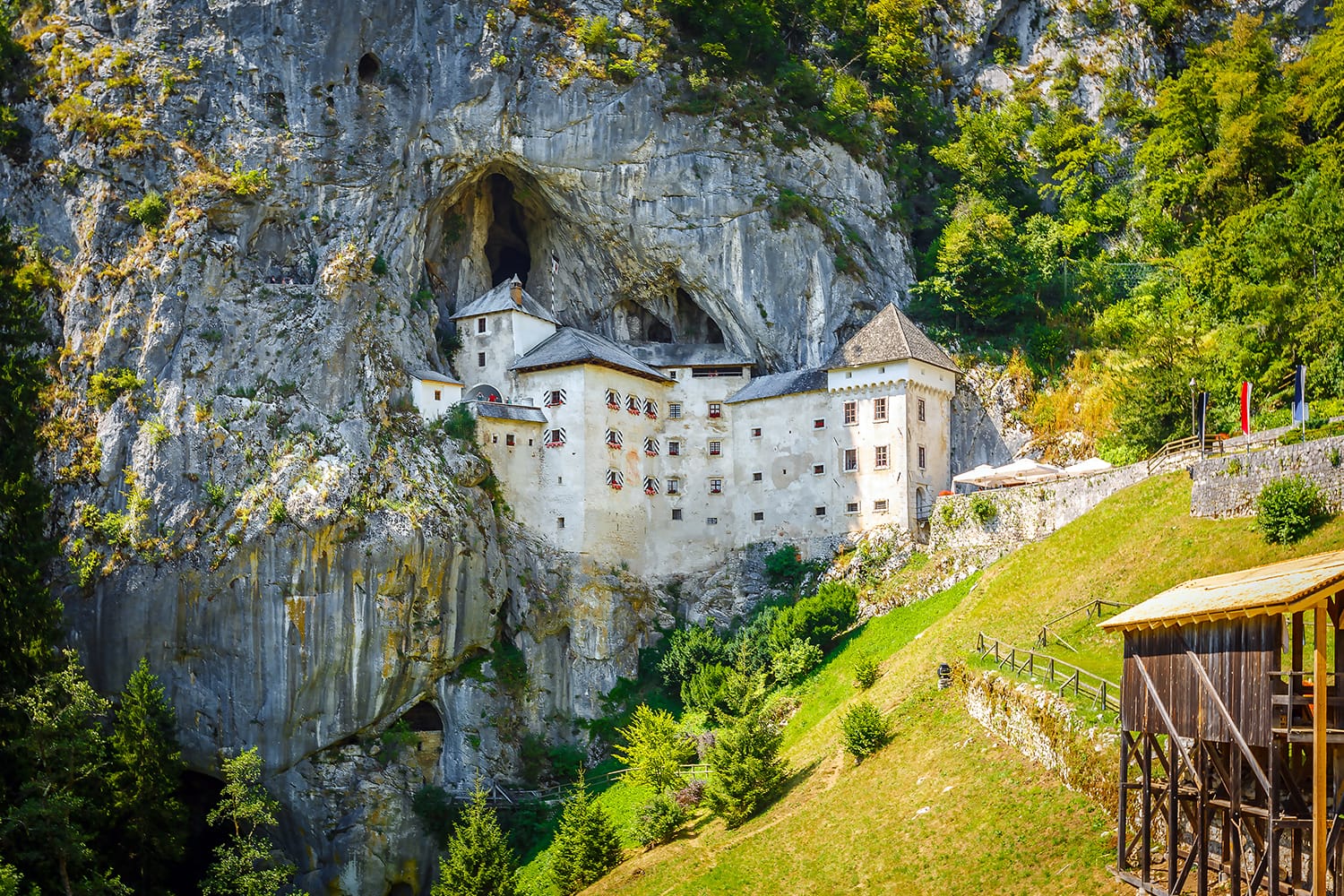
12. Postojna Cave & Predjama Castle
Slovenia is known for its majestic mountains and green hills, but it has just as many natural wonders underground. Probably the most famous cave in Slovenia’s Karst Region, Postojna Cave is a great place to stop when you’re in Slovenia. Rather than walking through this extensive karst cave system, you can take a tourist train that passes the caverns of this geological wonder. Inside you’ll see beautiful rock formations, including an impressive 16-meter-high stalagmite. Near the Postojna Cave you’ll find the fairytale-like Predjama Castle which sits within the entrance to yet another cave. In fact, it’s actually the largest cave castle in the world and a real medieval marvel.
Getting there: It’s possible to reach Postojna from Zagreb by taking either the bus or train and connecting through Ljubljana. However, the trip takes around 4 hours. To spend less time getting there, and more time sightseeing, consider going with a guided tour instead.
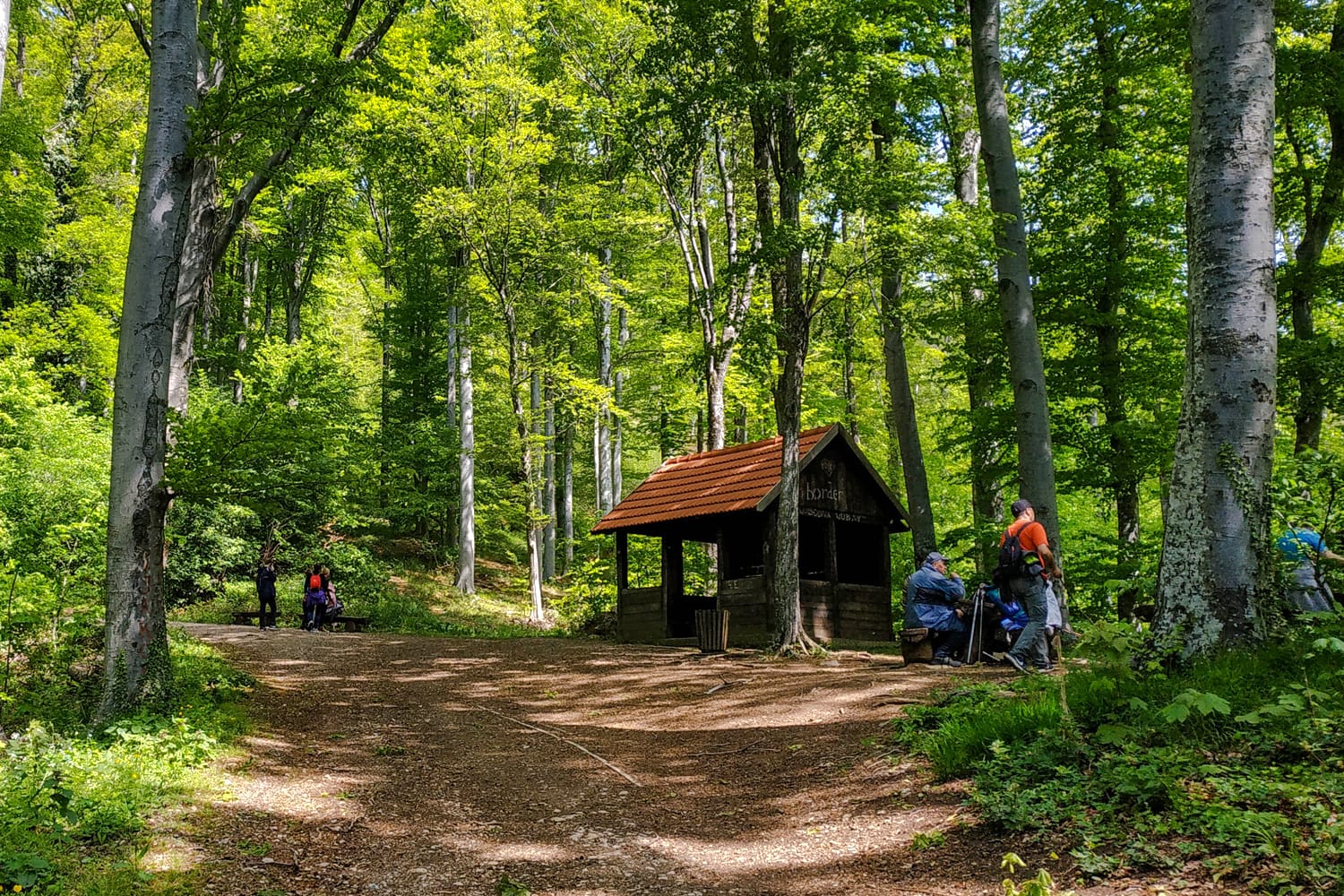
13. Sljeme
Sljeme is just within the city limits of Zagreb and is where you can visit the summit of Mount Medvednica which overlooks the city. Sljeme provides the perfect outdoor escape from the city, no matter the season. In winter, the mountain’s ski slopes come alive and are convenient to reach from the city center. In warmer weather, the mountain’s abundant nature makes it perfect for hiking and getting some fresh air. No matter when you come though, you’ll be able to enjoy splendid views of the region from the mountain’s panoramic terrace.
Getting there: Buses leave from the center of Zagreb up to Sljeme every few hours during the week and hourly on the weekend. The trip takes 30 minutes. Alternatively, if you’re feeling energetic, you could do the 4 – 4½ hour hike up.
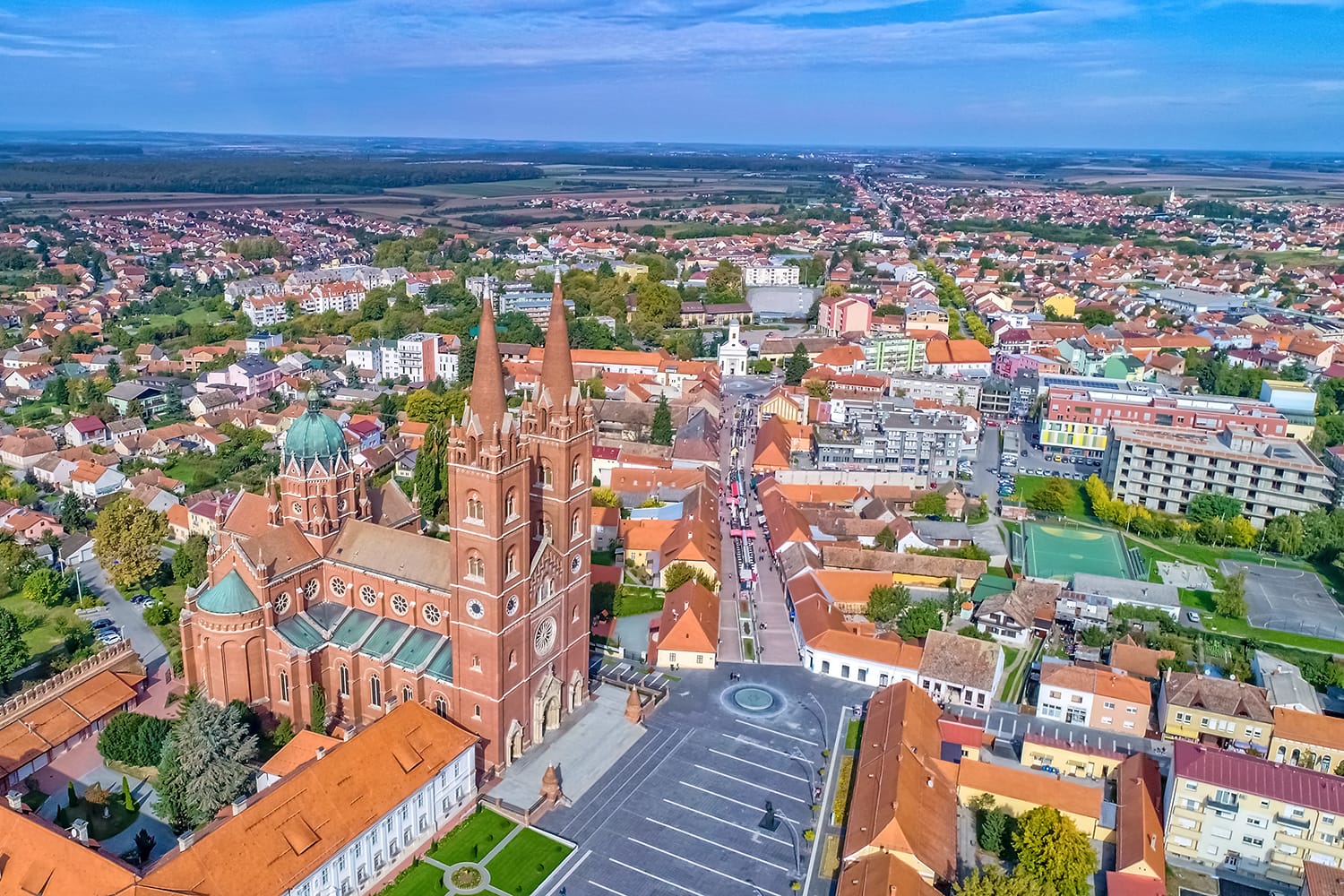
14. Đakovo
The region of Slavonia in Croatia’s east is one of the country’s least explored corners. There you’ll find Đakovo which may seem like a humble town, but you certainly wouldn’t think so after seeing the striking Đakovo Cathedral. This immense landmark towers over the rest of the town and is exceptionally pretty inside. Afterwards, take a stroll in Strossmayer Park before heading over to the Đakovo Museum for a little local history. Đakovo’s other big landmark are the historic riding halls at State Stud Farms were Lipizzaner horses are bred. So, if you’re after a day trip off-the-beaten path Đakovo is a great choice.
Getting there: Buses from Zagreb to Đakovo take 3 hours but schedules may not line up perfectly for day trips. Your only other option is to drive there yourself.
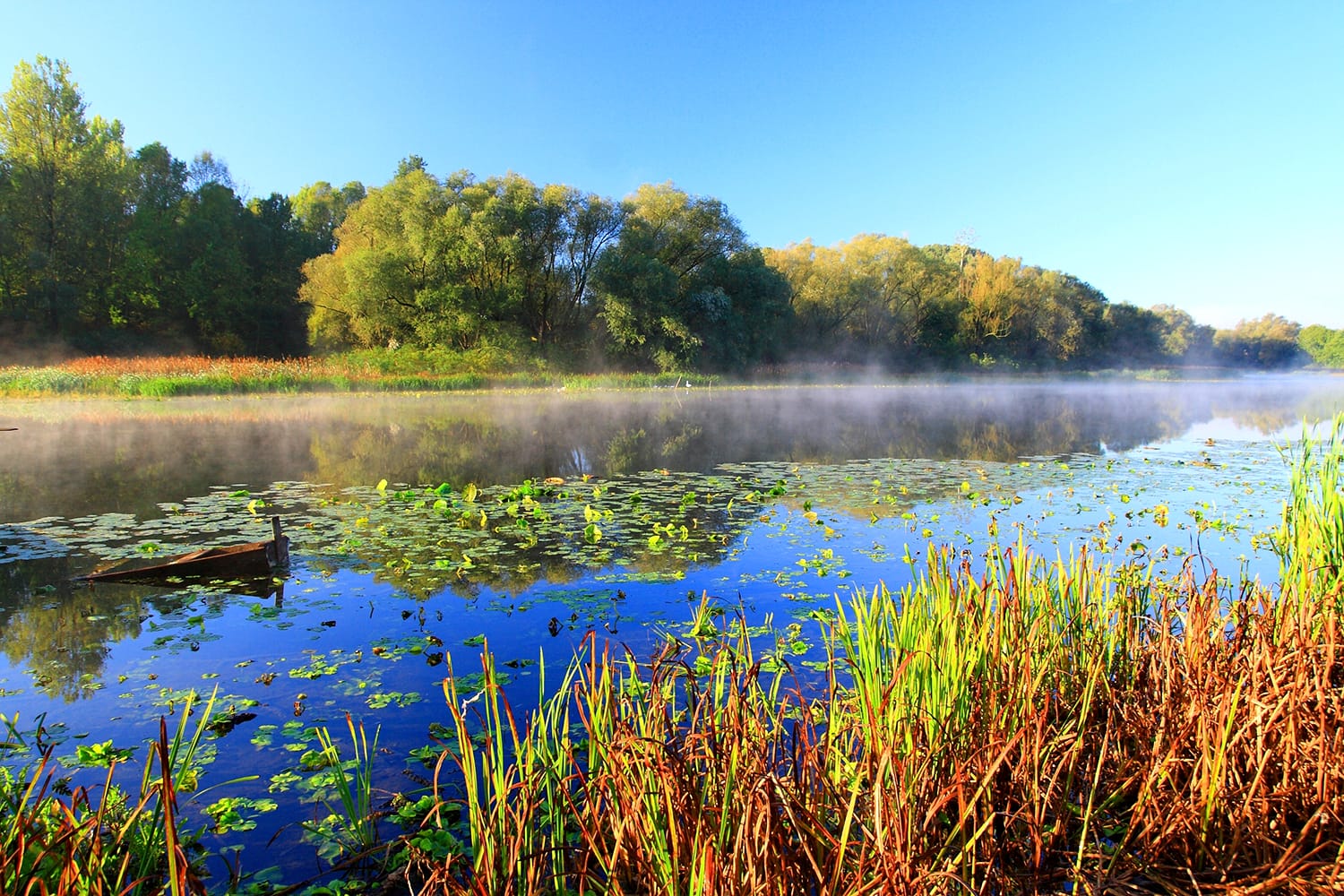
15. Lonjsko Polje Nature Park
For a look at Croatia’s natural side, the swampland of Lonjsko Polje Nature Park makes a nice choice. Following the Lonja River, Lonjsko Polje is the largest protected wetland and is on the tentative list for the UNESCO World Heritage Register. The nature park is home to an important diversity of flora and fauna, and is especially known for its birdlife. This makes it an ideal destination for birdwatchers. But there are also a number of traditional villages nearby that have retained their old-fashioned atmosphere including Čigoć and Krapje. In both you’ll find centuries-old wooden houses which reflect the simple, nature-oriented way of life out there.
Getting there: This nature park is hard to reach by public transport. To visit, you’re going to need to make the 1 hour 20 minute drive yourself.
It should be clear now just how much there is to see within a day’s reach of Zagreb. Not only do you have the choice of big-name and lesser known Croatian destinations, but also the chance to pop into Croatia’s neighboring countries as well. Whichever way you go, you’ll be adding a fresh aspect to your trip.
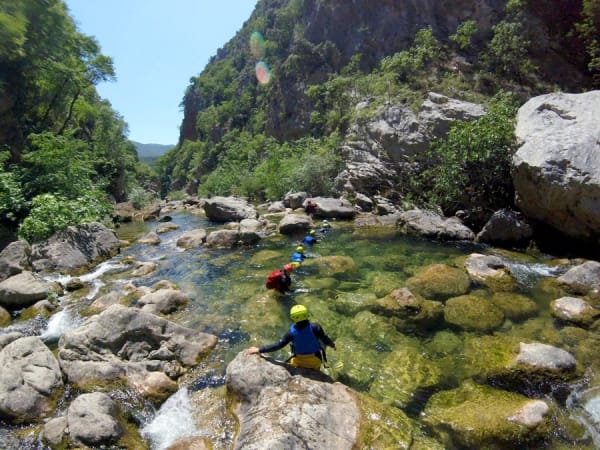
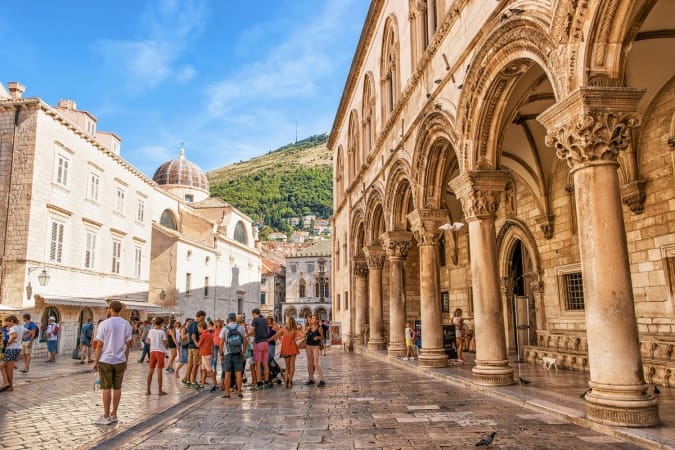

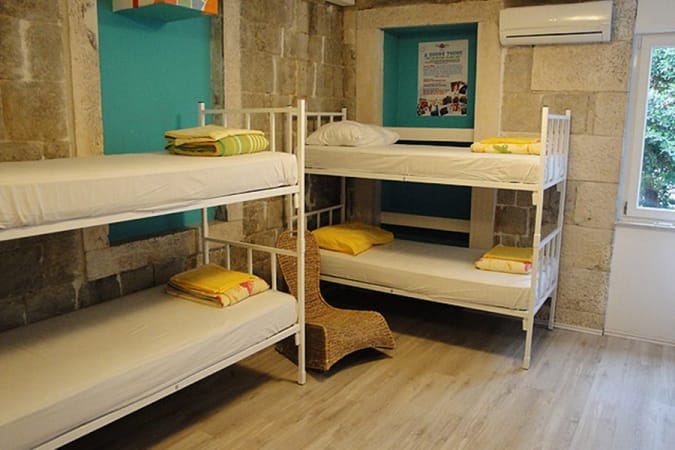
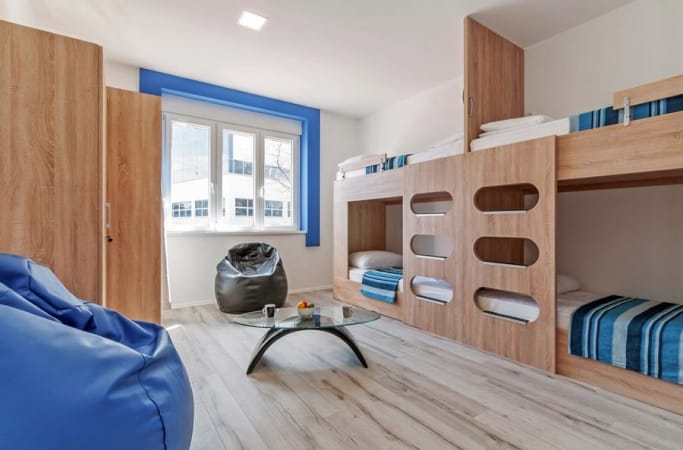
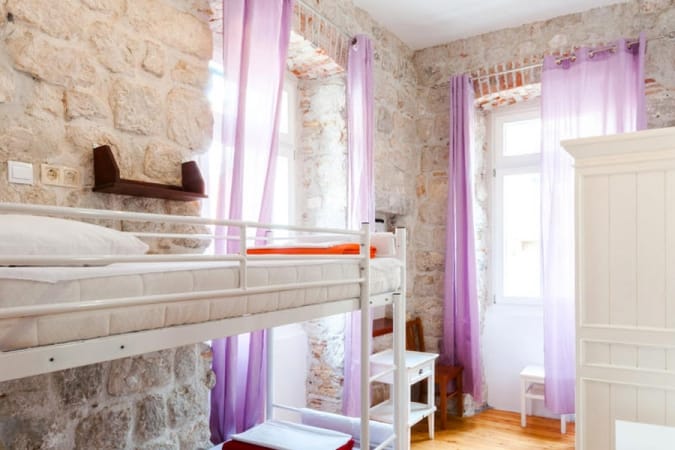
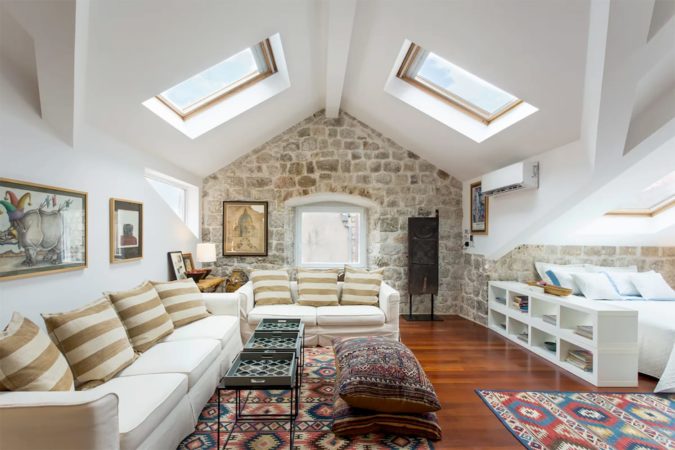
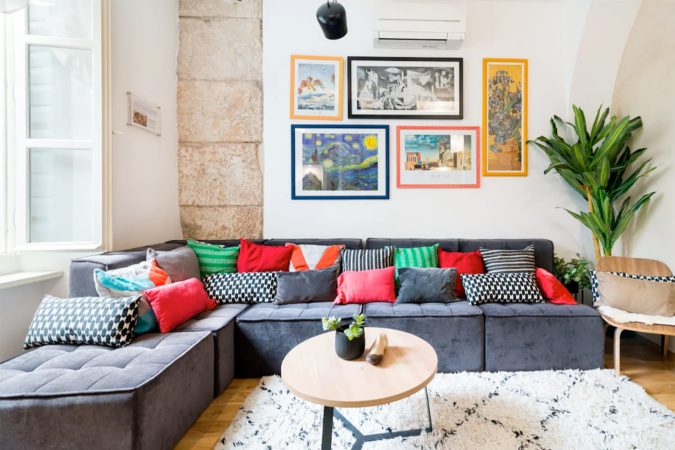
Comments